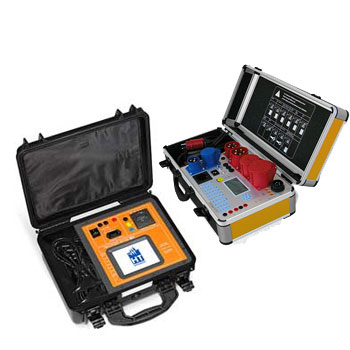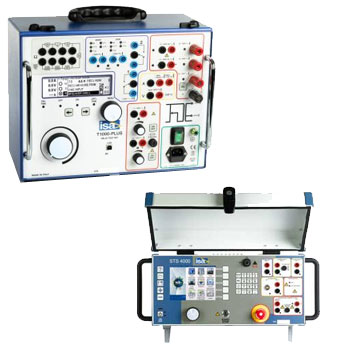
In modern industry, pressure sensors are used in many applications to measure the pressure of gases or liquids. Pressure sensors are used, for example, in the automotive industry, the aerospace industry, or the chemical industry. It is especially important that the sensors work accurately and reliably. But what happens when pressure sensors come into contact with hydrogen? How can hydrogen and pressure sensors work together, and which materials are best suited for this purpose?
Hydrogen Embrittlement and Its Effects
Hydrogen embrittlement is a phenomenon that occurs in many materials when they come into contact with hydrogen. Hydrogen is a very reactive element that can easily penetrate metals. When hydrogen enters the metal lattice of a material, it changes the strength of the material and makes it brittle. In the worst case, this can lead to cracks in the material, which can be particularly problematic for pressure sensors with thin membranes required for accurate pressure measurement.
The Effect of Hydrogen on Pressure Sensors
Pressure sensors use different measurement principles to measure the pressure of gases or liquids. Piezoresistive measurement principles use an internal transmission fluid that can react when in contact with hydrogen. This can lead to falsification of the measurement results and, in the worst case, to the destruction of the sensor. In thin-film sensors, the resistance structures of the measuring bridge can change their metrological properties due to hydrogen adsorption, which can falsify the measurement signal.
The Importance of Suitable Materials
By choosing suitable materials, the effects of hydrogen on pressure sensors can be minimized. One material that is particularly well suited to preventing hydrogen embrittlement is gold. Gold is a very inert material that does not bond with hydrogen and therefore does not change its strength or properties. However, gold is not often used as a material for pressure sensors in practice due to its high cost.
Other materials that are suitable for preventing hydrogen embrittlement are stainless steel and titanium. These materials offer a good balance between cost efficiency and resistance to hydrogen embrittlement. Additionally, there are special alloys developed for use in hydrogen environments, such as Inconel or Hastelloy.
Conclusion
In conclusion, choosing suitable materials and designs when manufacturing pressure sensors in hydrogen environments is crucial. The effects of hydrogen embrittlement on materials and components can lead to reduced performance, falsification of measurement results, or even the destruction of the sensor.
Therefore, manufacturers and users of pressure sensors should ensure that the materials used minimize or even prevent the effects of hydrogen embrittlement. Materials such as stainless steel, titanium, or special alloys can provide a good balance between cost efficiency and resistance to hydrogen embrittlement.
In addition to choosing suitable materials, controlling environmental conditions and special design features can also help minimize the effects of hydrogen on pressure sensors.
Overall, awareness of the issue of hydrogen embrittlement should be increased in the manufacture and use of pressure sensors to ensure reliable and accurate measurements in hydrogen environments. Only in this way can efficient and safe work in the chemical industry, hydrogen technology, or aerospace industry be guaranteed.
- Measuring ranges from 0 ... 0.1 to 0 ... 6,000 bar [0 ... 3 to 0 ... 15,000 psi]
- Approved for use in hazardous areas, e.g. ATEX, IECEx, FM and CSA

 Datasheet Datasheet |
 User Manual User Manual |
- Excellent load-cycle stability and shock resistance
- All stainless steel construction
- German Lloyd approva
- Scale ranges up to 0 … 1,600 bar

 Datasheet Datasheet |
 User Manual User Manual |
 User Manual User Manual |
 User Manual User Manual |
 User Manual User Manual |
- High measurement accuracy
- Freely scalable measuring ranges
- Developed in accordance with the SIL 2 requirements
- Seven different case variants
- Configuration via DTM (Device Type Manager) in accordance with the FDT (Field Device Tool) concept (e.g. PACTware™)



 Datasheet Datasheet |
 User Manual User Manual |
 User Manual User Manual |
 User Manual User Manual |
- CSA and FM approved as “explosionproof” for class I, div. 1 hazardous areas
- ATEX approved as “flameproof enclosure” for II 2 G Ex d II C
- Current or voltage output
- Designed for harsh ambient conditions
- Low-power version available as an option

 Datasheet Datasheet |
 User Manual User Manual |


















































































































































































